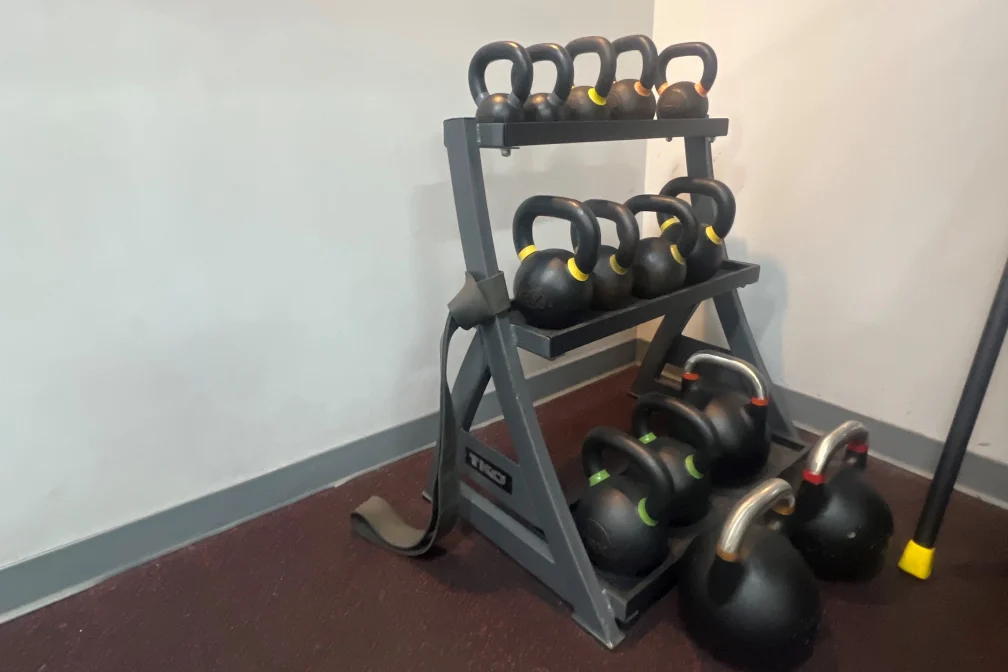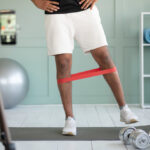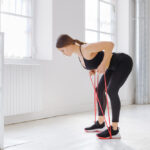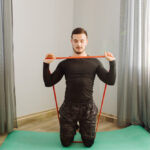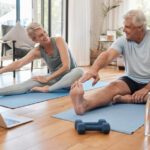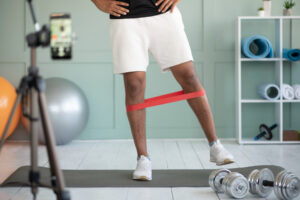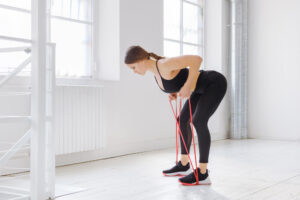If you’re looking to boost your lower body strength, increase flexibility, and rev up your metabolic engine, you’ve chosen the right tool. Kettlebells are not just versatile; they’re a powerhouse when it comes to building leg muscles, enhancing balance, and improving overall endurance. In this guide, we’ll explore some of the top kettlebell exercises designed specifically for strengthening your legs. Whether you’re a fitness newbie or a seasoned gym-goer, these workouts can be tailored to challenge your lower body like never before.
Essential kettlebell leg exercises
Kettlebell training is highly effective for building lower body strength because it targets multiple muscle groups simultaneously, offers variability in resistance, and improves your body’s kinetic chain efficiency. Here are a few key exercises you should incorporate into your routine:
- Kettlebell squat:
-
- Step-by-step guide: Start with your feet slightly wider than hip-width apart. Hold the kettlebell with both hands close to your chest. Sit back and down as if sitting into a chair, keeping your chest up and back straight. Push through your heels to return to standing.
- Common mistakes: Avoid letting your knees extend beyond your toes and ensure your back doesn’t round as you squat.
- Kettlebell swing:
- Technique essentials: Begin by standing with your feet shoulder-width apart, holding the kettlebell with both hands. Hinge at your hips to swing the kettlebell between your legs, then explosively drive your hips forward to swing the kettlebell up to chest height, keeping your arms straight.
- Variations for advanced practitioners: Once comfortable with the basic swing, try the single-arm swing to challenge your balance and coordination.
- Kettlebell lunge:
- Proper form and execution: Start standing with feet together, holding the kettlebell at your chest. Step forward with one leg, lowering your hips until both knees are bent at about a 90-degree angle. The back knee should hover just above the ground. Push off with your front leg to return to the starting position.
- Benefits of adding lunges: Lunges are excellent for building leg and core strength, improving flexibility in the hip flexors, and enhancing balance.
Building a kettlebell leg workout routine
Creating an effective kettlebell leg workout routine involves more than just executing exercises; it’s about crafting a balanced program that promotes progressive overload and recovery. Here’s how you can build a robust kettlebell leg workout routine:
- Warm-up techniques: Start with 5-10 minutes of light cardio (jogging in place, jumping jacks) followed by dynamic stretches to prepare your muscles and joints.
- Sample workout plan: Combine the kettlebell squat, swing, and lunge into a circuit. Perform each exercise for 45 seconds, followed by 15 seconds of rest. Complete 3-4 rounds, depending on your fitness level.
- Adjusting intensity and volume: As you progress, increase the weight of the kettlebell or the number of repetitions per set to continually challenge your muscles.
How often should I do these workouts?
The frequency of your kettlebell workouts should align with your overall fitness goals and current level of physical activity. For most individuals looking to improve strength and endurance, engaging in kettlebell exercises 1-2 times per week is optimal. This schedule allows your muscles to recover between sessions, which is crucial for muscle growth and avoiding injury.
Are these workouts suitable for seniors?
Absolutely, kettlebell workouts can be highly beneficial for seniors, offering a fantastic way to maintain muscle mass, enhance flexibility, and improve balance—all of which are important for overall mobility and health. However, it’s essential for seniors to focus on proper form and perhaps start with lighter weights. Consulting with fitness professionals who can tailor exercises to suit individual needs and limitations is also recommended.
Final thoughts
Whether you’re a busy professional, a fitness enthusiast, or a senior seeking to maintain physical health, kettlebells offer flexibility and efficiency that few other exercises can match. Remember, the key to success with any fitness program is consistency and proper form. Start incorporating these workouts into your routine, and you’ll soon notice improvements not just in your physical strength, but also in your energy levels and overall health.

